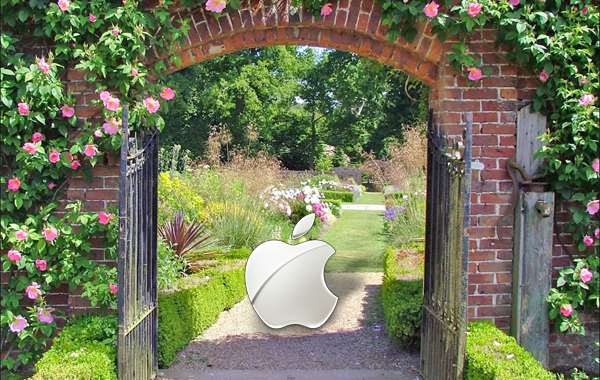For many years now, I have been a firm believer in having a cohesive, seamless technological experience. I don’t like mixing technologies/products from different ecosystems, as they never work as well. For many years, I had heavily invested in Microsoft’s ecosystem and products. When Windows Mobile croaked, I had to make a decision and I went with Apple. Since then, I have moved almost all of my services to Apple’s ecosystem & am enjoying the comforts of Apple’s Walled Garden.
To lock myself completely in this garden, I also had to move all my family members inside it. Over many years, I was successful in doing so. Below is how life is like, living inside Apple’s Walled Garden:

What?
| Function | Product | Comments |
|---|---|---|
| Email/ Calendar/ Reminders | iCloud+ | Custom domains are supported. Email works very well (on Apple devices). AirDrop is useful for sending larger files. Calendar supports shared calendars. Reminders supports shared reminders. |
| Desktop OS | macOS | Works very well with Apple services. The M1 Macs are very fast and energy efficient. |
| Mobile/Tablet OS | iOS/iPadOS | |
| Photo Storage | iCloud+ | HEIF format used by Apple results in efficient storage of photos and allows lossless editing. |
| Photo Sharing | iCloud Shared Photos | Works very well. I share photos to my family; they can comment/like. Is like a private Social Network. |
| Productivity | Pages/Numbers/Keynotes | |
| Cloud Storage | iCloud+ | I wish they had a tier between 200Gb and 2Tb. |
| Instant Messaging | iMessage | Very well refined ; I now use it exclusively & have a lot of fun playing games inside iMessage apps. |
| Music Streaming | Apple Music | Currently unbeatable with the introduction of Spatial & Lossless Audio. |
| Movies (Buy/Rent) | iTunes | Large collection of movies available, especially in 4K HDR. |
| Maps/Navigation | Apple Maps | Not as good as Google Maps, but at least they don’t track my movements. |
| Audio/Video Calling | Facetime | Unparalleled quality, supports Spatial audio and Memojis. |
| Browser | Safari | Very fast & responsive . |
| Notes | Apple Notes | Functional, supports sharing notes with family. |
| Password Management | iCloud Passwords | Can detect and alert user to compromised passwords. Also has a TOTP generator. |
| Health | Apple Health | Very intuitive and supports data inputs from a huge range of apps and services. |
| Home Automation | Homekit | Large number of Homekit devices available on the market. They all work seamlessly without separate apps. |
It does take a decent amount of money to enter this walled garden, but once you’re in, the recurring costs are not high. Most of their services are decently priced (and can be shared with family) and devices last for years and have a decent resale value.


